
- 1. The fence from the profiled sheet was washed;
- 2. The new fence made of profiled flooring began to rust after a year;
- 3. The wooden fence collapsed due to rotting of the supports;
- 4. The fence began to collapse. He was skewed;
- 5. The fence could not withstand the gusts of wind, it was askew or fell;
- 6. The gate width is incorrectly selected;
- 7. The edges of the gate are bent;
- 8. The gate and gate are sometimes jammed;
- 9. In winter, the gate cannot be opened;
- 10. The gate is skewed, and they are difficult to open;
- 11. When opening the gate, an unpleasant grinding and creaking sound is heard;
It seems that it is not so difficult to build a fence around your site, almost anyone can cope with this task. But if you underestimate the importance of compliance with technologies, then problems will begin with a new fence in the first or second summer season. After all, even the use of high-quality materials does not always give the expected result. We will tell you about the most common mistakes in the construction of fences, so that the fence around your house is really reliable and durable.
1. The fence from the profiled sheet was washed
Today, the profiled sheet has become especially popular. But when buying it, are you sure that you have looked at a quality product? As always, the popularity of products generates the appearance of a lot of low-grade ersatz. It can be difficult to navigate in such an assortment.
To buy a really high-quality profiled sheet for a fence and not overpay, you need to understand that the thickness of the sheet is important not only for you, but also for sellers. From your point of view, this is quality, durability, reliability. From the point of view of an unscrupulous seller, it is a means of profit. The problem is that it is impossible to accurately determine the thickness of the profiled sheet by eye, since the difference is measured in tenths of mm. Nevertheless, the thicker the sheet, the more expensive it is. So some unconscious citizens use these subtleties, selling less at the price of more. You can avoid falling for this trick by taking a micrometer with you and measuring the thickness yourself. By the way, responsible sellers have such a tool, and they know how to use it. So don’t hesitate to ask. The rigidity of the fence depends on the thickness of the profiled sheet. The optimal thickness is 0.45-0.5 mm. You should not take less — but you can take thicker, but there is a financial question here.
Important! The thickness of the profiled sheet does not include a layer of paint and a zinc coating!
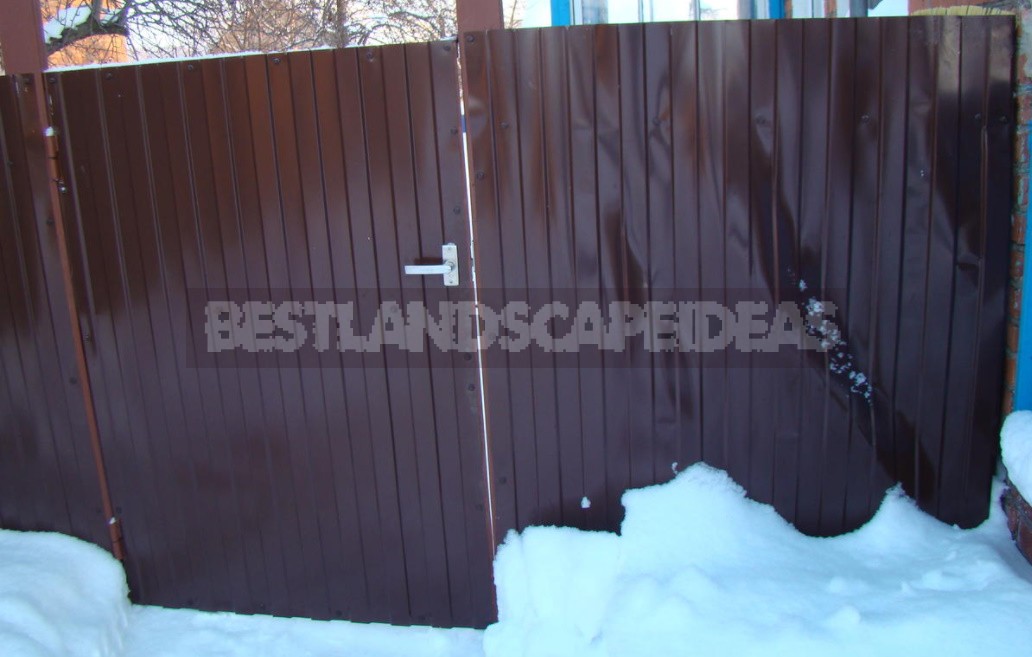
2. The new fence made of profiled flooring began to rust after a year
The durability depends on the zinc layer. Its thickness is an important parameter on which the service life of your fence depends. In the economy segment, the thickness varies from 40 to 180 g per 1 m². The higher the indicator, the longer the fence will last. The difference can reach 5-10 years. But the difficulty is that neither the manufacturer nor the seller can determine exactly how much zinc is left on the sheet. And it turns out that for the same price in the same place, you can buy both high-quality material and not so much. We can only talk about the durability of the fence when buying a premium-segment profiled sheet.

3. The wooden fence collapsed due to rotting of the supports
A wooden fence imposes special rules for installation. Avoid contact between the tree and the ground, for example, maintain a distance from the ground to the fence. This is not very convenient, since animals can crawl under the fence. Another option is to make a plinth, which, of course, will affect the cost and duration of work.

4. The fence began to collapse. He was skewed
This can happen due to incorrect fixing of the pillars. The depth of the wells under the pillars should be at least 1.5 m. At the same time, 20 cm will be spent on crushed stone. It is important that the wells are smooth, not filled up. The distance from the wall of the post to the edge of the trench is at least 20 cm. You can not use too large stones for filling.
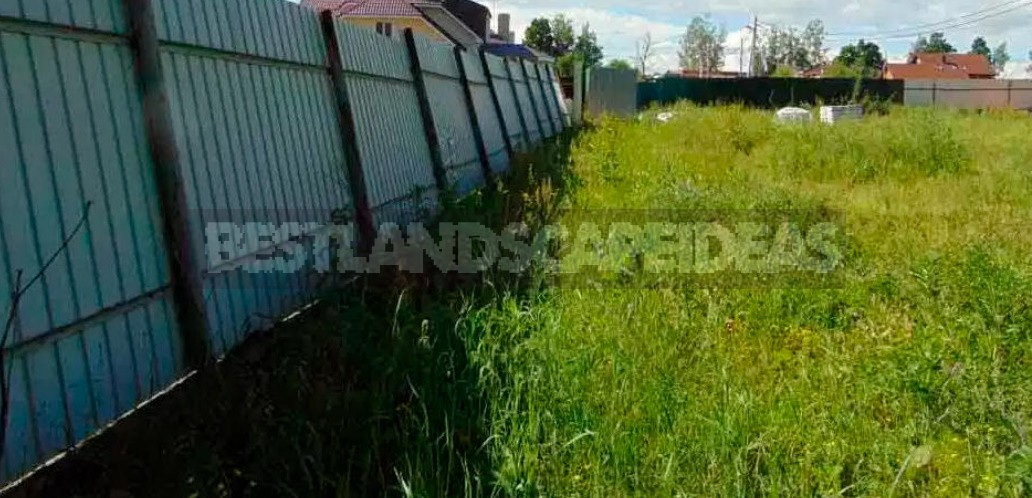
Special attention should be paid to the quality of the solution. Also, do not use a sand-clay mixture instead of concrete. It will not provide proper fixation. The material of the supports also affects the durability of the fence. It is preferable to use metal poles as the basis for the fence. If the supports are wooden, the part of the column that is buried in the ground must be treated with protective compounds. It can be resin and antifungal agents. It is desirable that the waterproofing protrudes above the ground. Otherwise, the tree will quickly begin to rot, and the post will lose its stability.
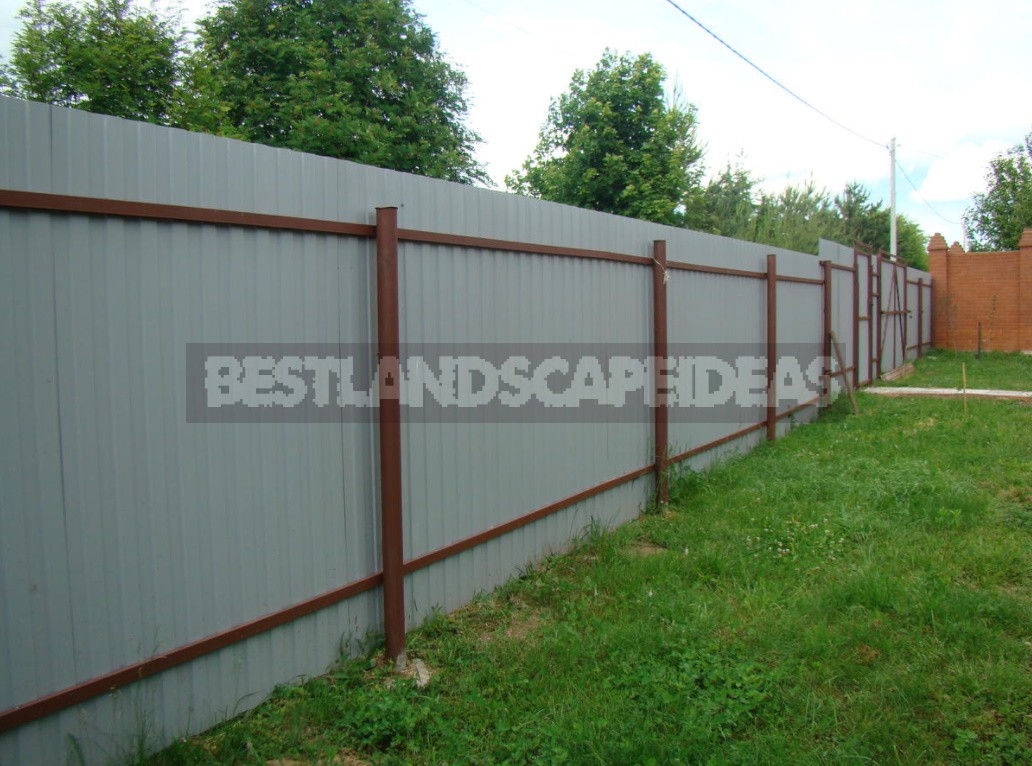
5. The fence could not withstand the gusts of wind, it was askew or fell
Owners of suburban plots often erect fences that are too high, forgetting about the wind load. If the fence is solid and high, there is windage. In order for such a fence to resist the wind, it is necessary to reduce the step between the supports, increase the number of horizontal profiles.
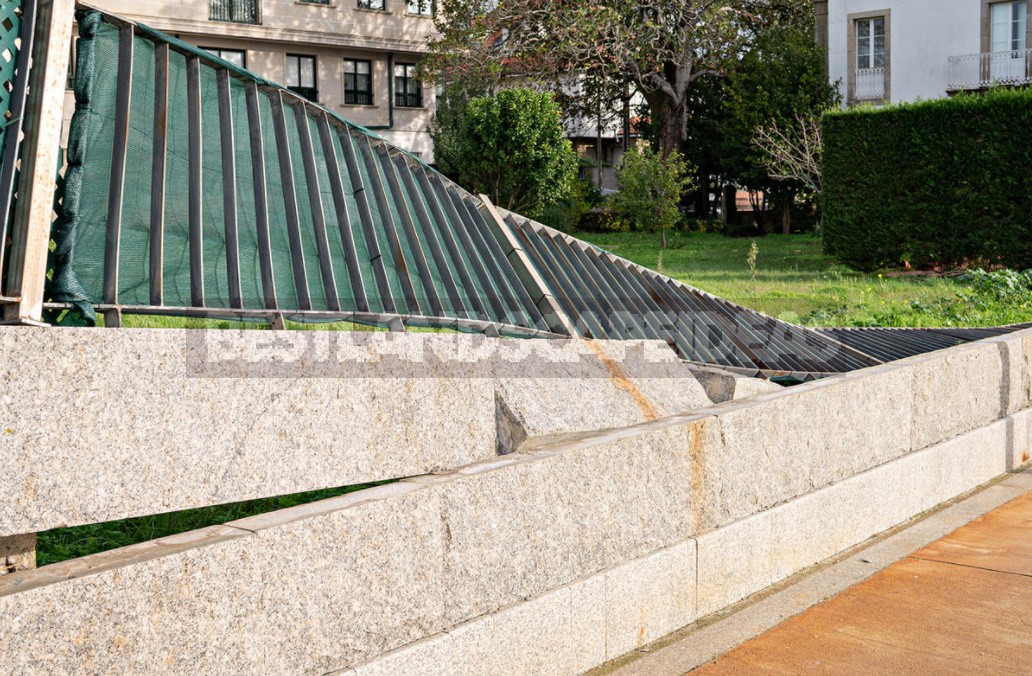
6. The gate width is incorrectly selected
The recommended width of the gate is at least 3 m. This is due to the fact that not only cars, but also trucks, for example, a sewage disposal machine, are likely to enter the site.
7. The edges of the gate are bent
It is necessary to mount the profiled sheet in the gate frame correctly. If the cladding material protrudes beyond the edges of the frame, this can create a lot of trouble during operation, as well as negatively affect the service life. The ledge on top of the frame is easy to bend to detractors, the indentation at the bottom will eventually bend itself due to the heaving of the ground or snow crust. If the canvas protrudes from the side, it is not at all safe, since it is easy to cut yourself with a sharp edge when opening.
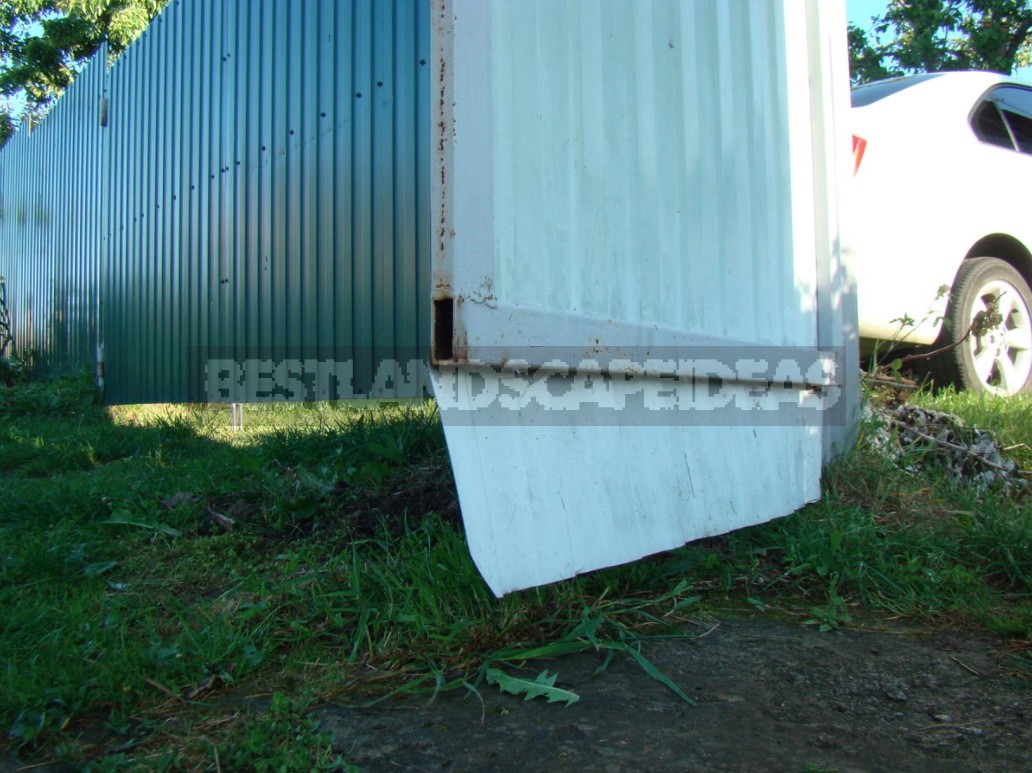
8. The gate and gate are sometimes jammed
The gate has to be lifted to close the lock or close the sashes. Even high-quality concreted poles in deep soils can play to the side. In this case, it is possible to jam the gate and gate leaves. In addition, if there are distortions, it will be difficult, and sometimes impossible, to close the lock or bolt. To prevent the problem, it is necessary to make a jumper over the wickets and gates.
The jumper does not have to be capital. It can be made removable. For example — in the form of a bracket that is inserted into the cavities of the pillars. If necessary, it is enough to simply remove it. The construction of a visor that protects the incoming person from rain can serve as a jumper.

9. In winter, the gate cannot be opened
The distance from the ground to the lower edge of the gate leaves and the gate should be about 15 cm. Otherwise, all because of the same heaving soils and snowdrifts, it will be problematic to use them.
10. The gate is skewed, and they are difficult to open
In order for the gate to work properly, it is important to choose the right hinges. It is necessary to take into account the weight of the gate and its dimensions. When choosing working parts, it is enough to know the maximum permissible load on one loop. Based on this data, it is possible to choose reliable mechanisms without complex calculations and determine the necessary amount.

11. When opening the gate, an unpleasant grinding and creaking sound is heard
To prevent the gate from creaking and rubbing, before welding, the loops should be wrapped with knitting wire, providing a gap of 2-3 mm.
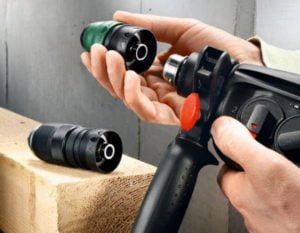
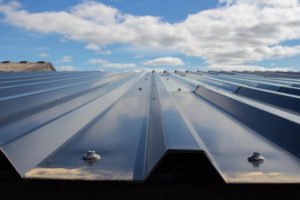

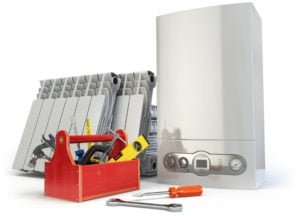
Leave a Reply